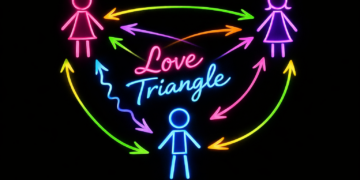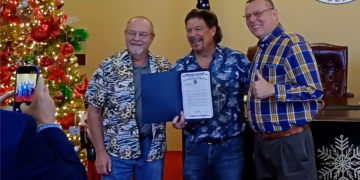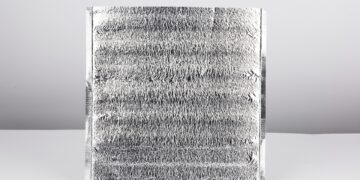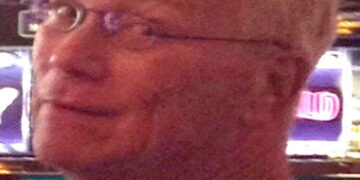We use water countless times each day: to brush our teeth, to bathe, to cook, to wash clothes. But how often do we consider the journey the water took to get to our faucets? All water comes from one of two primary sources, but it undergoes an extensive process before reaching our homes.
As technology has advanced, some of the ways in which consumable water is treated have become pretty unique. From collection to treatment, we’ve put together this guide to help you understand where your drinking water comes from.
The Source
Your water comes from one of two sources: a surface water source or a ground water source. Surface water sources include man-made options such as reservoirs or natural resources such as rivers, lakes, and streams. Ground water sources are just that: collections of water located underneath the ground. This type of water is found within rocks or in subterranean aquifers. Surface water is harvested rather easily, while ground water must be collected by drilling wells and pumping the water to the surface.
Water Treatment
Once the water is collected, your local water treatment facility purifies it. Or if you have well water, the untouched water is retrieved through your private well. Water treatment facilities follow strict regulations and standards set by the EPA (Environmental Protection Agency) to ensure contaminant-free water, but well-owners are responsible for their own water’s safety.
Once you understand where your drinking water comes from (a well or a water treatment facility), the next step is understanding the process of how it gets to your tap. Water treatment facilities follow a variety of steps to make raw water safe for consumption. The most common processes in treating water are as follows:
Step One: Adding Positively Charged Chemicals
Also referred to as coagulation or flocculation, the first step in water treatment is to add positively charged chemicals to the water supply. This positive charge neutralizes the negative charges produced by contaminants. The particles coagulate and become larger, becoming what’s known as floc or sediment.
Step Two: Settling
The floc created in the previous step sinks to the bottom of the water thanks to its greater weight. This process is also known as sedimentation, as made evident by the settling of the sediment.
Step Three: Filtration
The filtration process focuses on removing the sediment from the water supply. After the settling process is complete, the floc-free water travels through various filters. These filters are made from a variety of materials, including sand, gravel, or charcoal. This process removes any harmful dissolved particulates such as dust, bacteria, viruses, parasites, and even chemicals.
Step Four: Disinfection
Freshly filtered water is then exposed to a disinfectant, which eliminates any remaining parasites and germs. The most common disinfectants added to water are chlorine and chloramine. This process also safeguards the water from bacteria and viruses when it travels through the pipes to your faucet.
Advancements in technology allow water filtration plants to keep an eye on the water supply even as it travels to your home. The Industrial Internet of Things (IIoT) lets facilities monitor remote pumping stations, checkpoints along pipelines, and more to ensure there are no leaks or possibility for contamination.






















































































